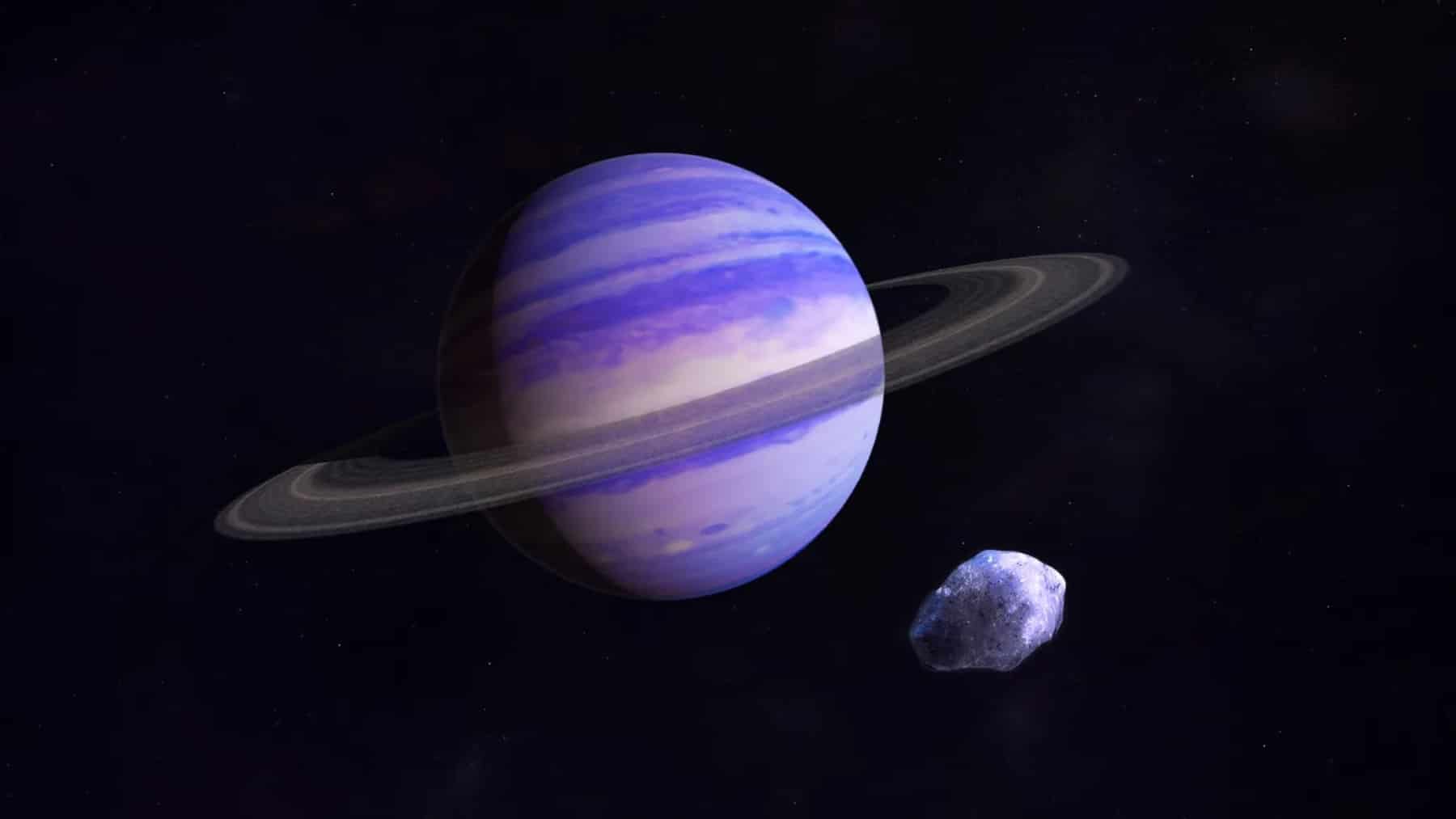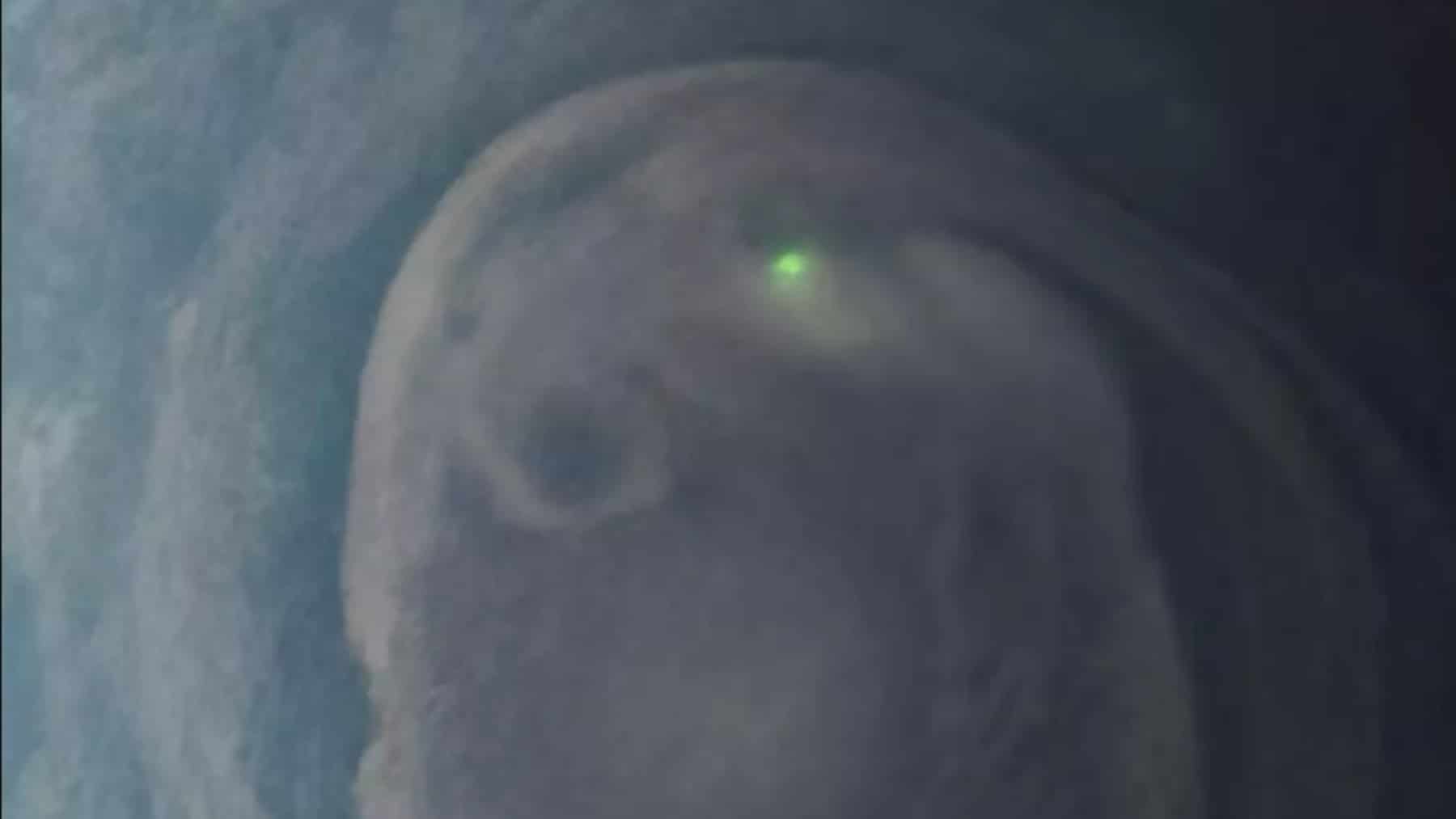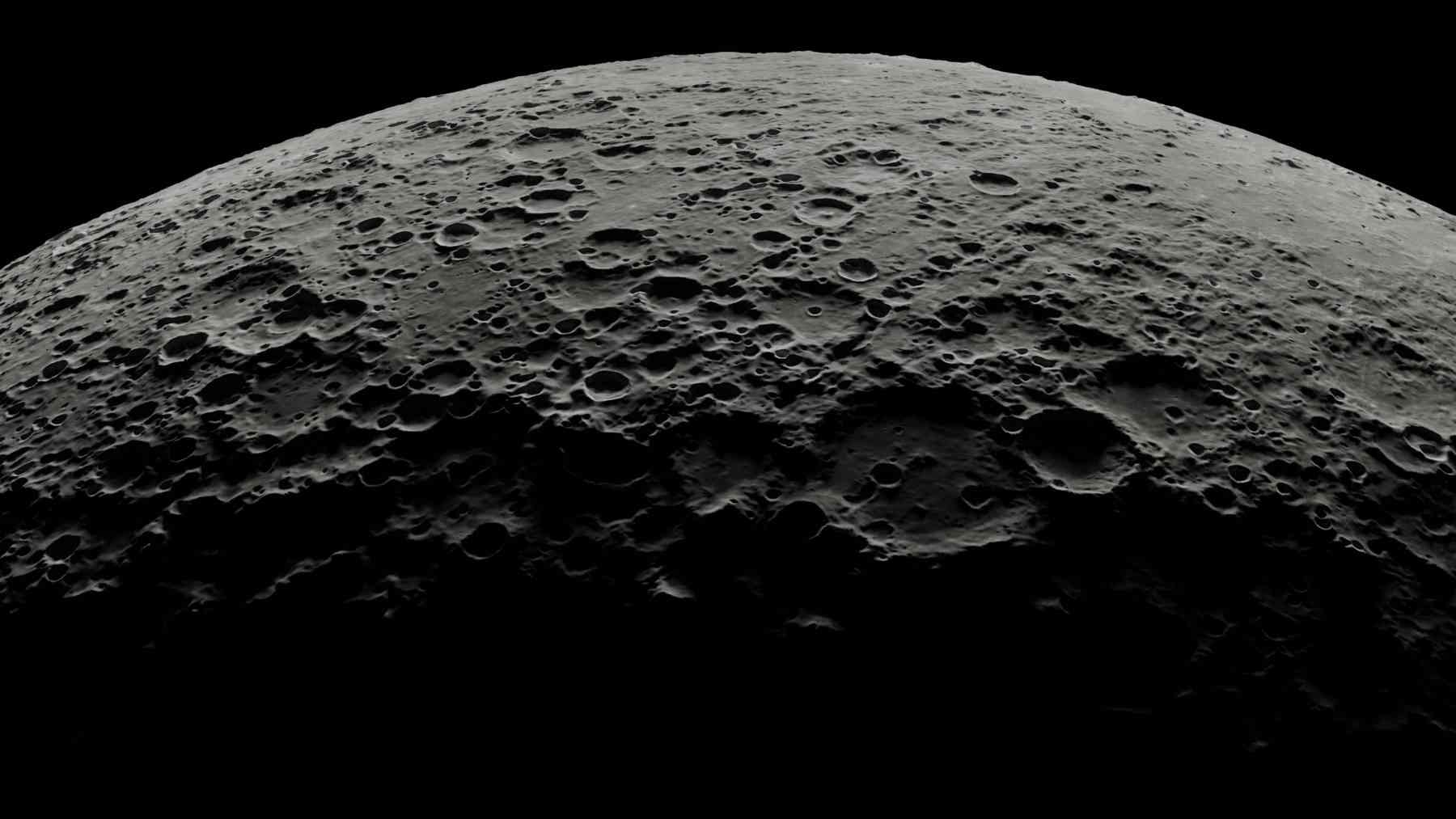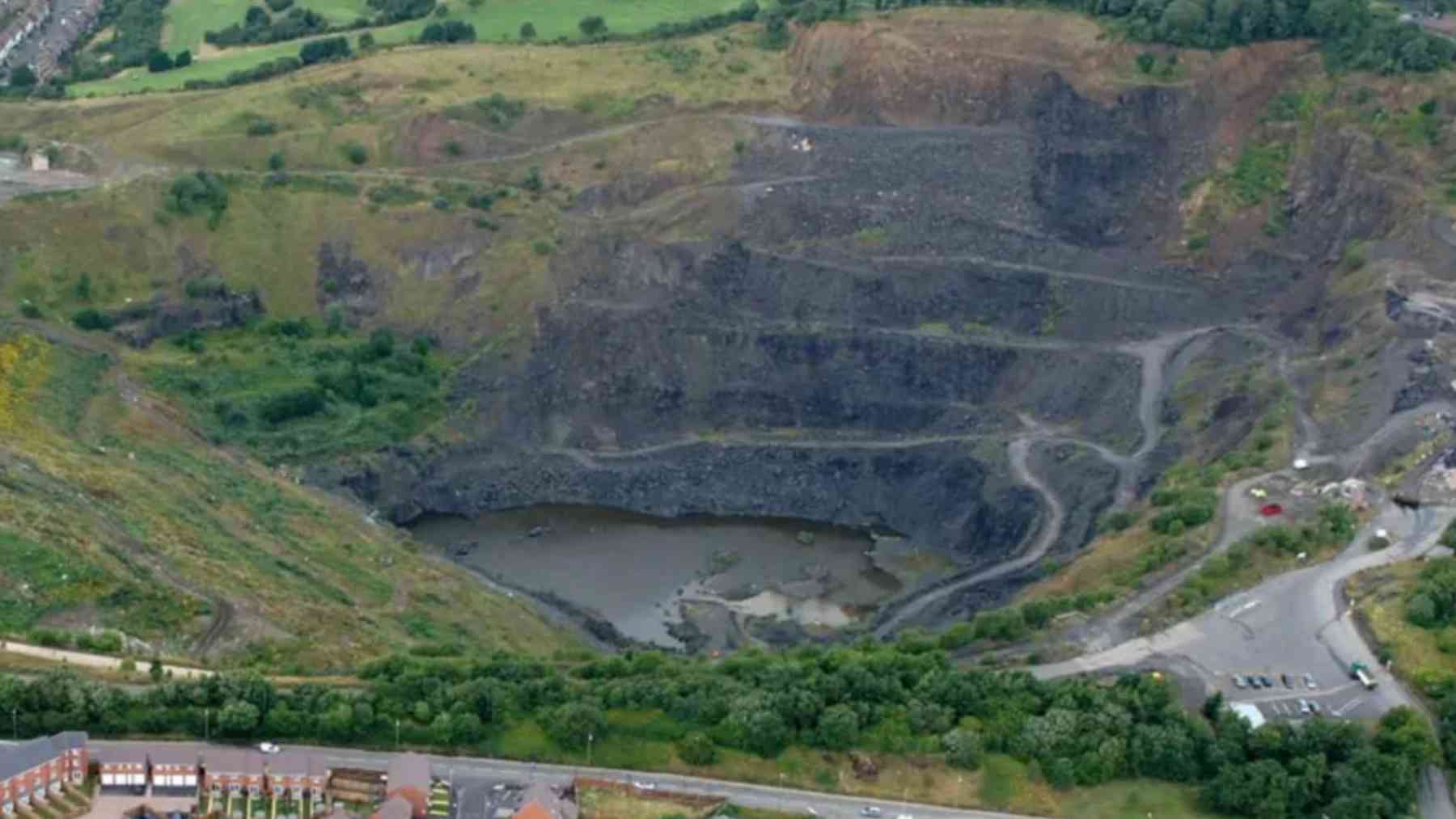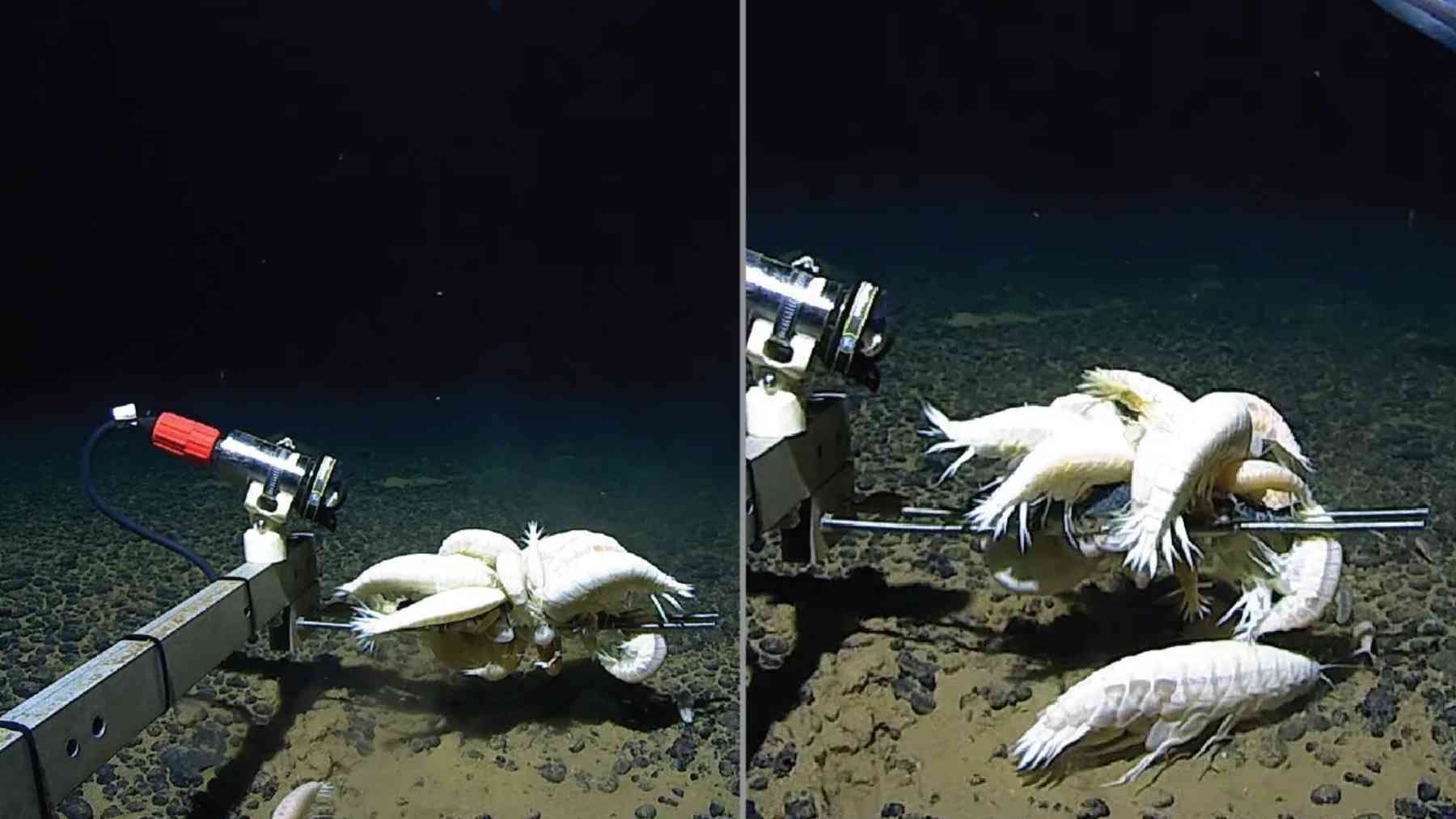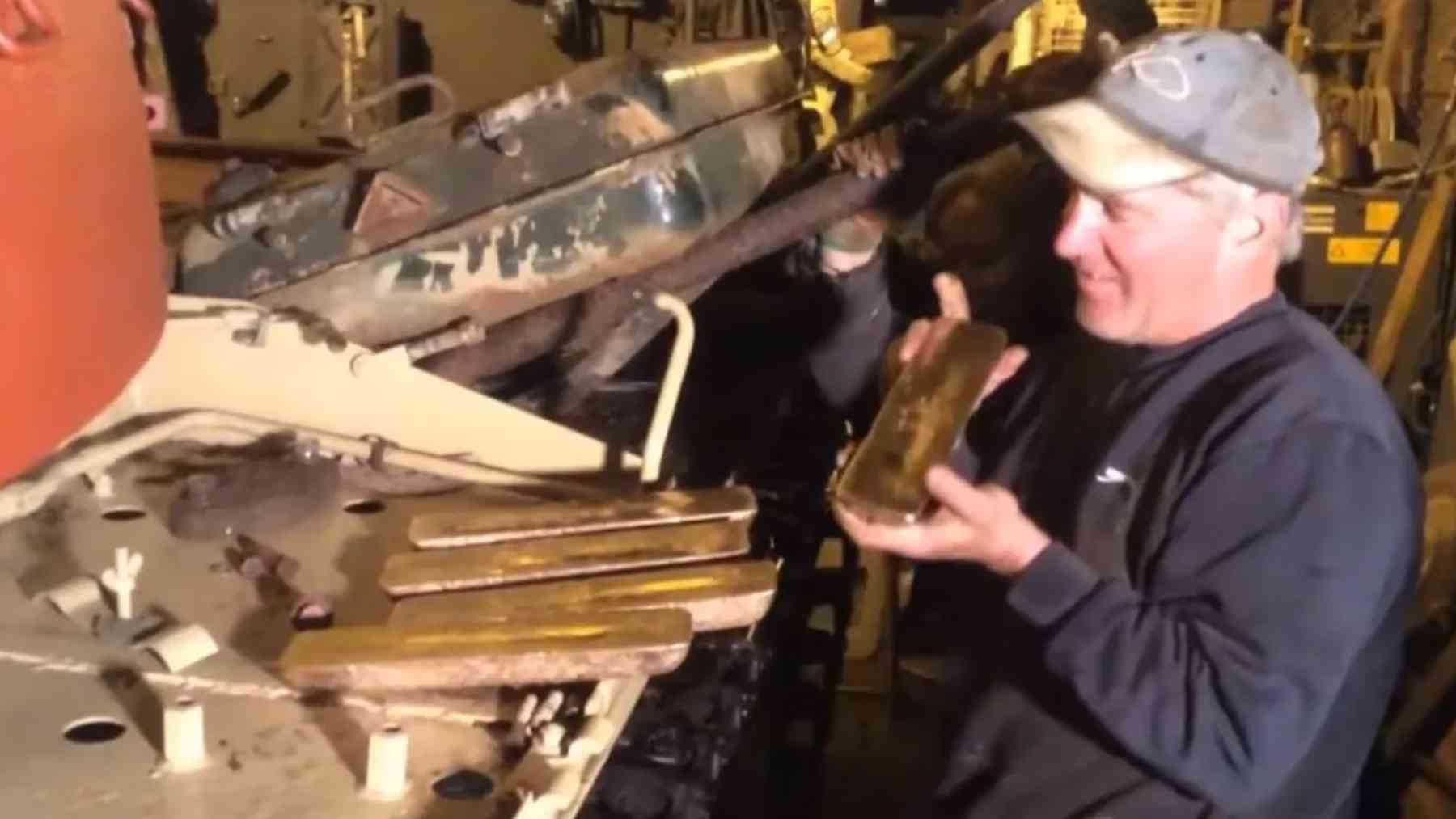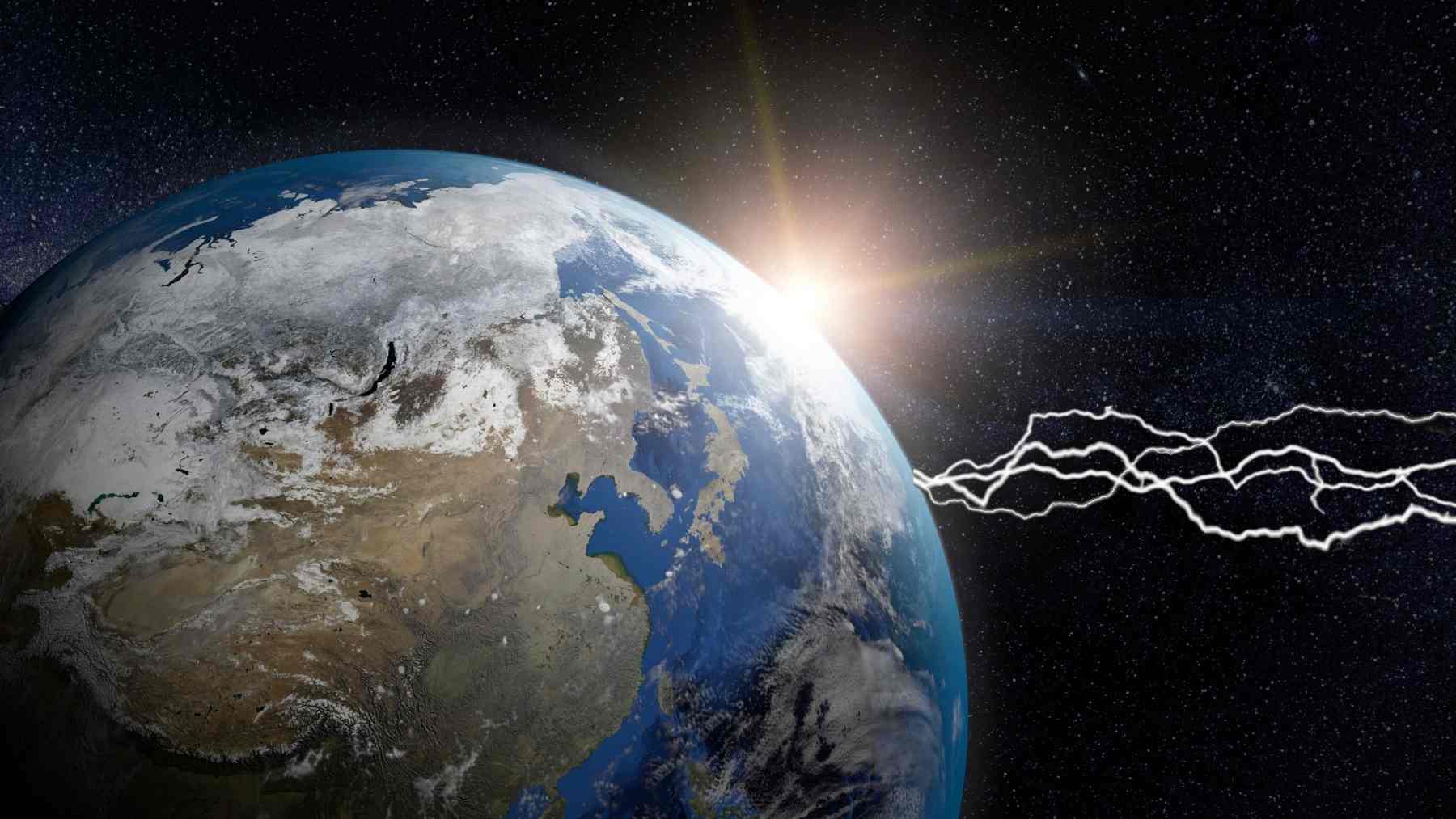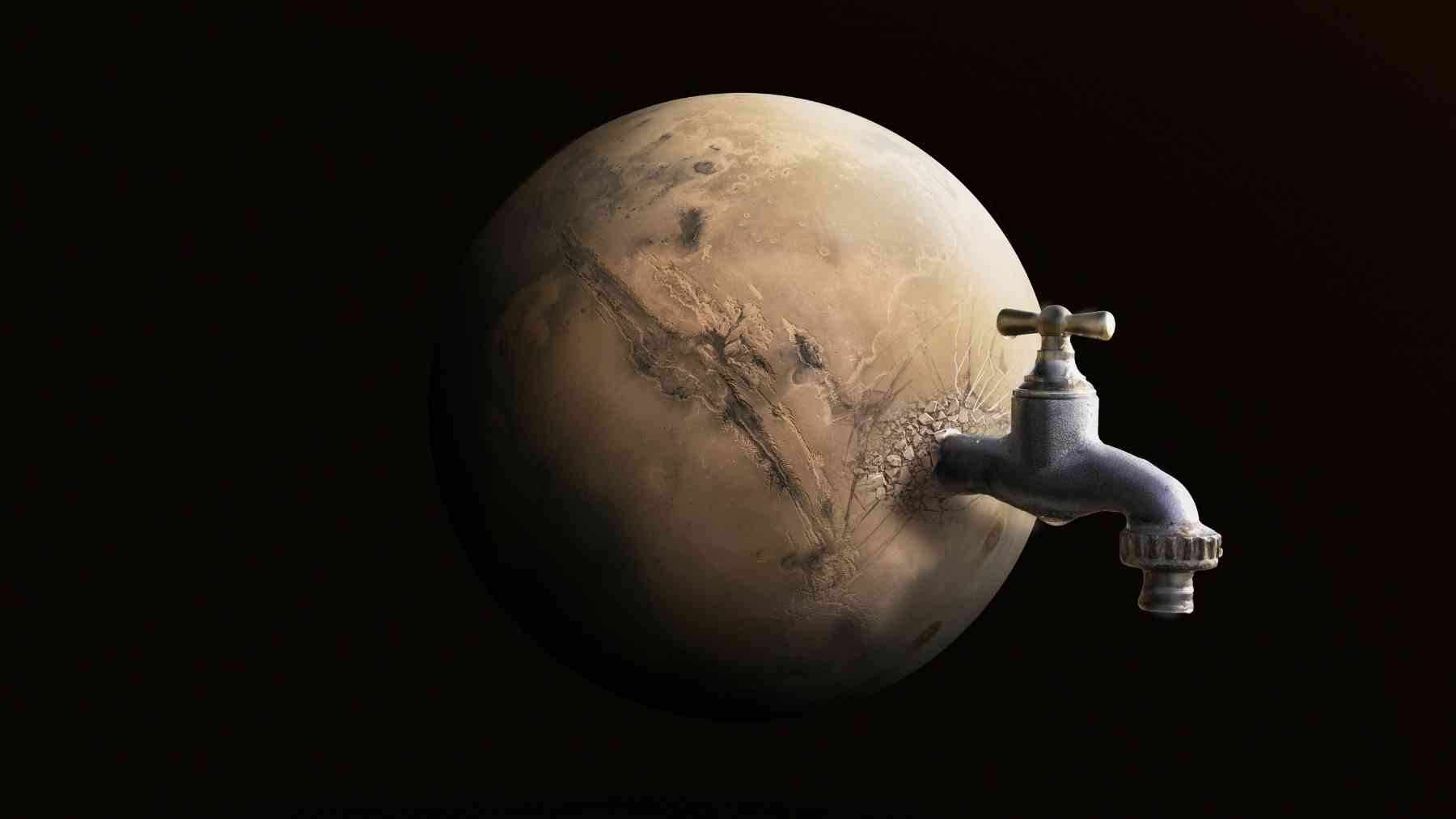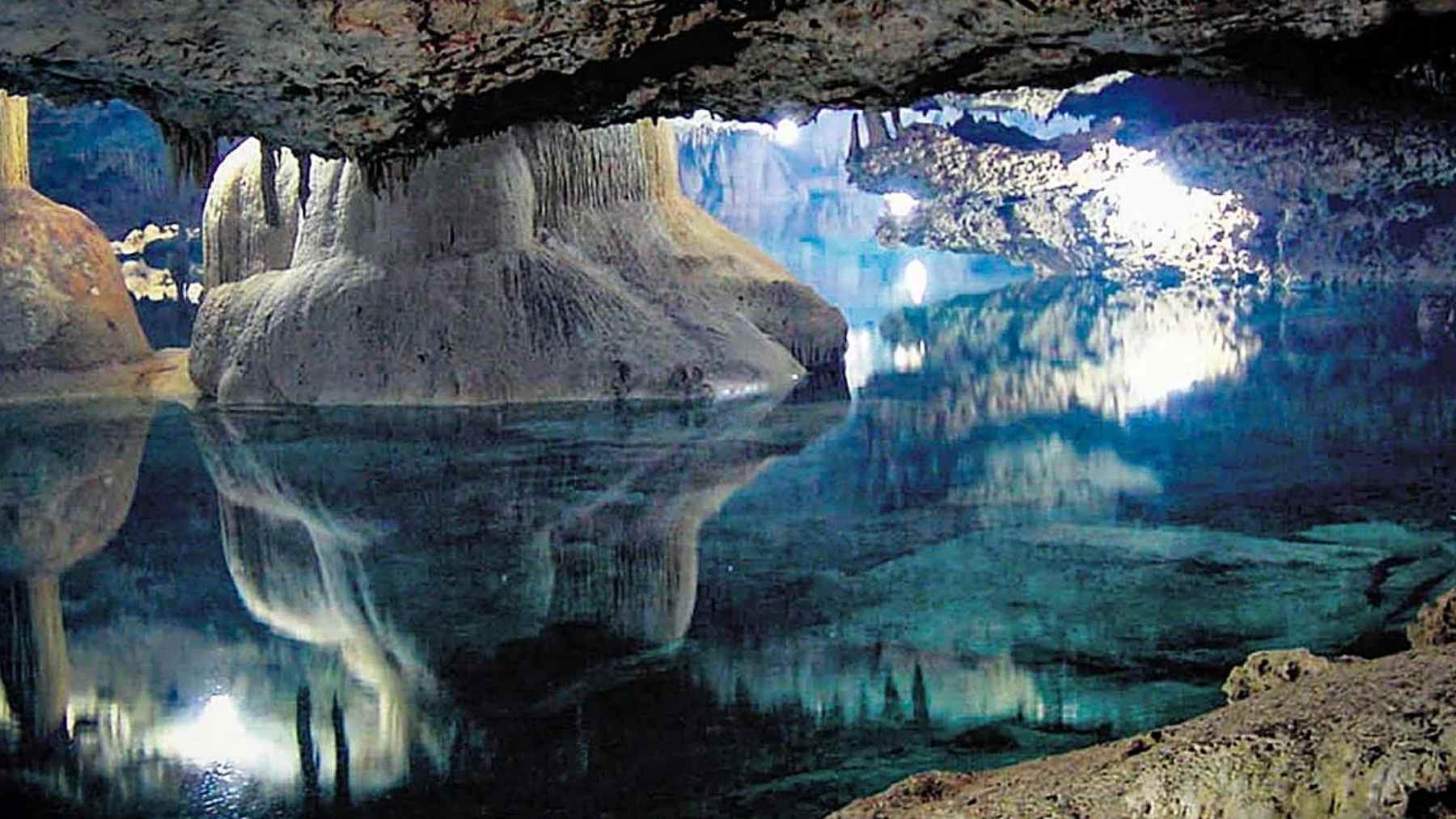Imagine looking at a distant planetary system and seeing something that looks like it came straight out of an astronomy textbook… only no one had ever recorded it before. We’re talking about something that closely resembles our own Saturn, both in size, temperature, and the way it “organizes” its cosmic backyard… It was just spotted by James Webb. But what catches the eye isn’t just the object itself, as there’s a “Trojan disk” rotating alongside it, something scientists had only theorized until now.
Catching a cold Saturn: how JWST spotted a hidden world in the dust
Finding planets outside the Solar System is already difficult; now, finding a small, cool planet lost in the glare of its star is even more complicated. That’s where the James Webb Space Telescope (JWST) came in, with its MIRI instrument and a technique called high-contrast imaging. To do this, the researchers blocked the intense glare of the host star with a coronagraph, revealing faint points of light near it.
Then, they processed the image to remove any residual light, and there was the suspect. According to Dr. Anne-Marie Lagrange, a CNRS researcher at the Observatoire de Paris-PSL and the Université Grenoble Alpes in France: “Our observations reveal a strong planet candidate shaping the structure of TWA 7’s debris disk, and its position is exactly where we expected to find a planet of this mass.”
Meet TWA 7 b: Saturn’s cold twin shaping a young star’s dusty rings
And here comes the protagonist of this story: TWA 7 b. So far, data indicate that it is a young, cold planet with a mass almost identical to that of Saturn, about 0.3 times the mass of Jupiter, or approximately 100 times the mass of Earth. Its temperature is around 47°C, which is surprisingly mild by cosmic standards. First of all, it has a mass and proportions very close to those of the ringed giant we know.
Second, because of its relatively low temperature, it fits into the category of “cold gas giants.” Its interaction with the disk. This is because, just as Saturn influences the orbits of moons and particles in its rings, TWA 7 b appears to be shaping the structure of the disk around it. It also associated with a “trojan disk,” which is nothing more than a cloud of dust traveling in the same orbit as the planet, something never directly observed in any other planetary system. Remember that in addition to this recent twin, we also have a nearly Saturn-sized one orbiting a red dwarf.
TWA 7: the baby red dwarf with dusty rings and a possible planet sculptor
The host of this story is TWA 7, also called CE Antilae, a red dwarf star just 6.4 million years old, practically a baby star. It lives in the TW Hydrae association, just over 100 light-years from Earth. Its disk is almost perfectly seen face-on, which made Webb’s work easier. So far, we know a few things about the disk:
- It consists of three rings of dust and debris.
- The rings have gaps that are likely “sculpted” by planets.
- Until now, we had never directly detected a planet in this type of configuration.
The fact that TWA 7 b is located exactly in the middle of one of these gaps strengthens the hypothesis that it is the architect of this cosmic scenario. This means that, with the detection of TWA 7 b, it will open a new type of investigation: we will be able to understand how young, low-mass planets interact with the material around them in the first millions of years of their lives. Just as we are seeking to understand more about Planet Nine, which is about to be discovered.
